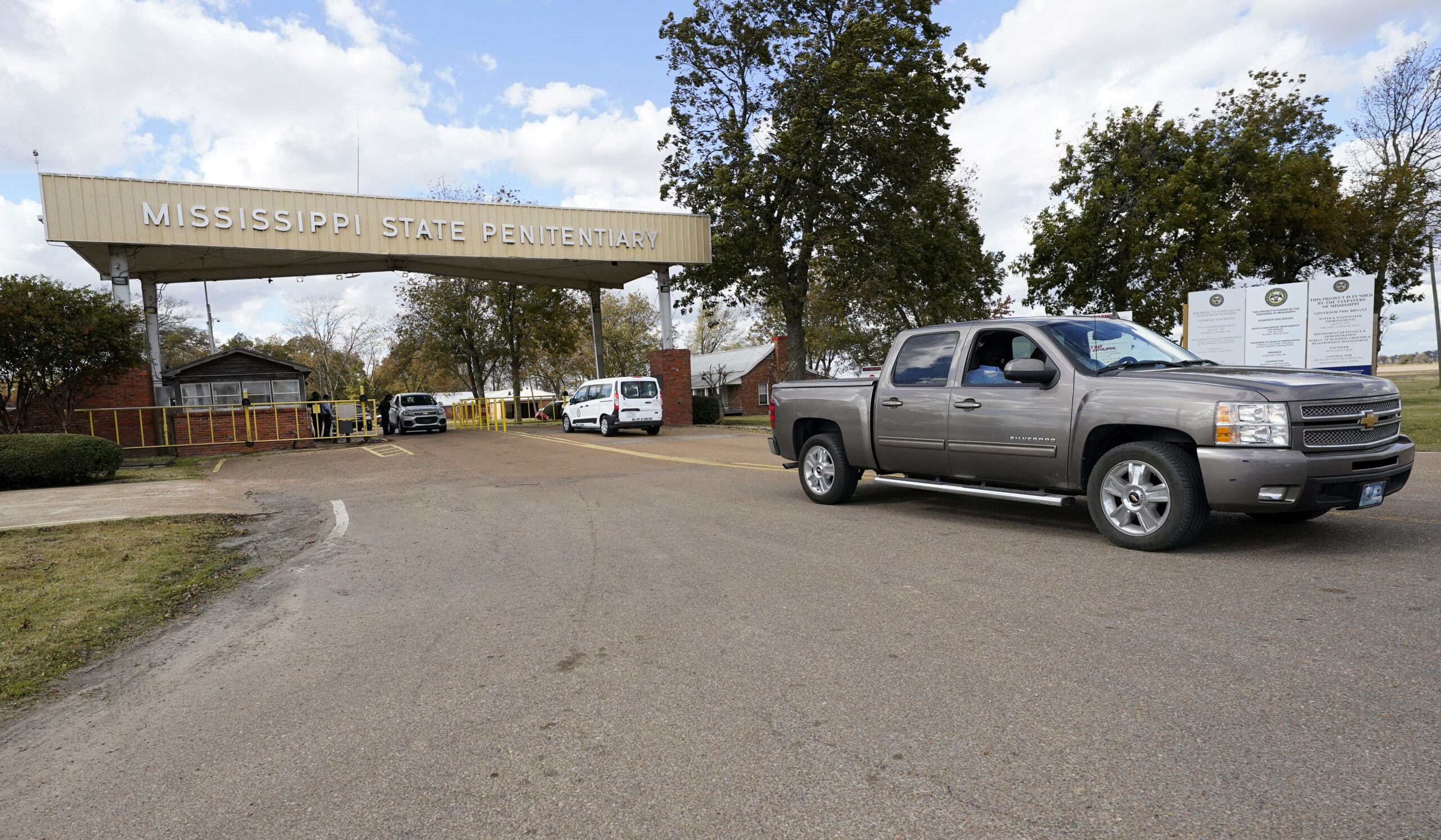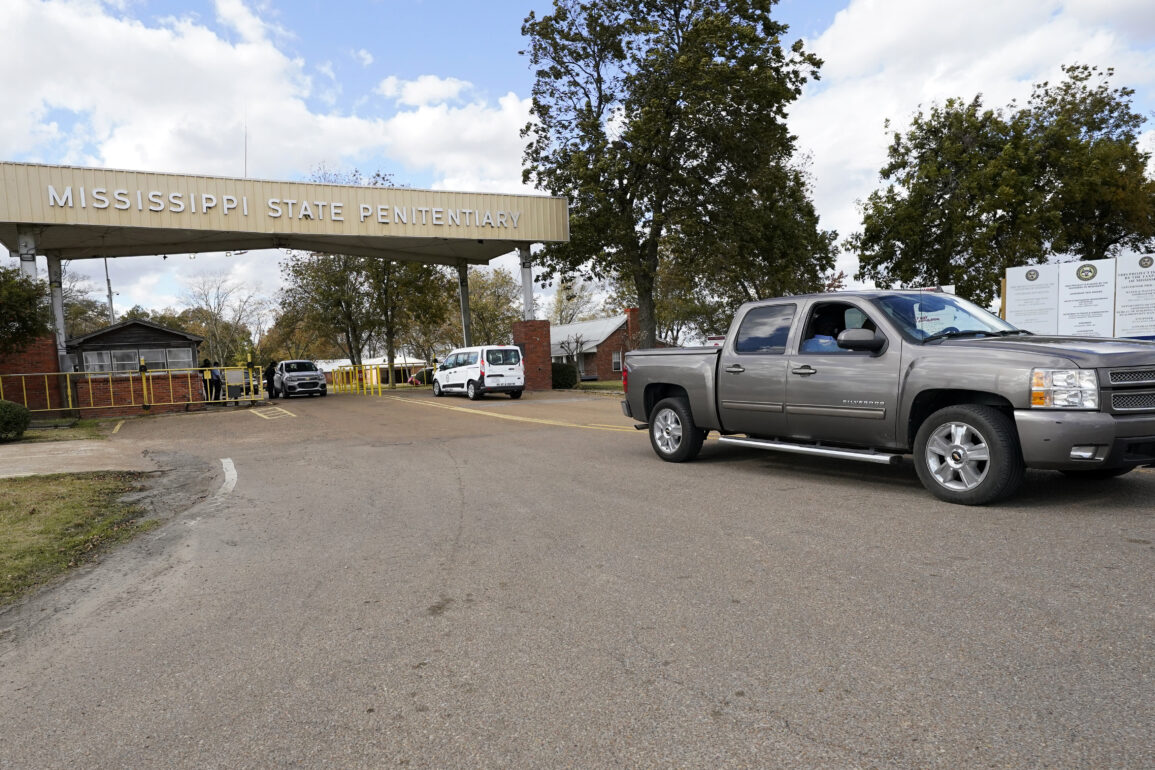
The research shows the Magnolia State led the nation in growth by percentage in its prison population between 2021 and 2022. Mississippi added more than 2,400 to its counts of people in state and federal correctional centers — an increase of more than 14%.
During that same period, Alabama’s prison rolls increased by more than 5% and Louisiana’s by more than 4%, the report said.
The regional numbers matched a national trend of swelling prison headcounts. The country’s prison population grew for the first time since 2013, upending nearly a decade of declines in a troubling reversal.
Vera Louisiana director Sarah Omojola said a possible contributor to the increase in her state includes a reversion to “tough on crime” policy, such as lawmakers pushing for ways to make sentences longer.
“What we see is that that makes the prison population grow, and [then] incarceration destabilizes people and their families,” she said. “And that makes it worse because that aggravates root causes of violence.”
Growth in prison populations wasn’t universal across the states.
Eight states bucked the national trend, with Virginia’s tally of prisoners falling by more than 10% since 2021.
The data, which has been tracked since 1926, examines the number of people in custody at state and federal prisons. It includes people in jails in a few states where those institutions and prison systems are integrated, a footnote to the data shows.
At the end of 2022, more than 25,000 additional people were in state and federal correctional centers than at the end of the previous year. Overall, about 1.2 million people were imprisoned at those sites.
Mississippi and Louisiana also had the country’s two highest rates of imprisonment at the close of 2022. For every 100,000 people in Mississippi, 661 were in state and federal prisons, the researchers calculated.
Researchers also marked growth in the number of women in prisons. That total was up by nearly 5% at the end of last year.
Discussing other potential factors driving the national increase, Omojola pointed to social instability that started with the COVID-19 pandemic, during which many lost their jobs or housing, as influencing crime rates. Lack of access to mental health care, education and economic opportunity doesn’t help.
“All of those factors funnel into our prison systems, which are basically a catch basin for all of the failures of other systems,” she said.
An emphasis on prosecution and punitive sentencing — often decisions made quietly in courtrooms or district attorneys’ offices — doesn’t help keep the public safe, Omojola added.
According to an analysis by the ACLU of Alabama released Wednesday, one of every six bills considered in that state’s 2023 legislative session aimed to increase criminal penalties, bulk up sentences, make it harder to get out of prison or contribute to a “prison pipeline” in some other way, a news release said.
This post was originally published on this site be sure to check out more of their content.









